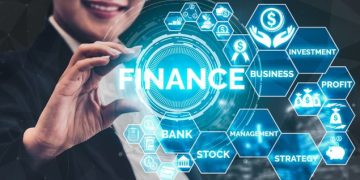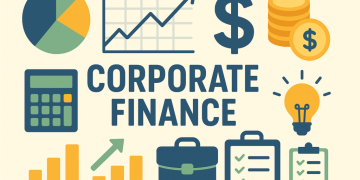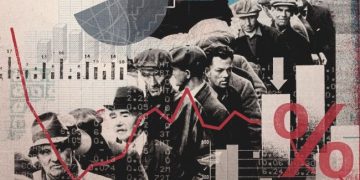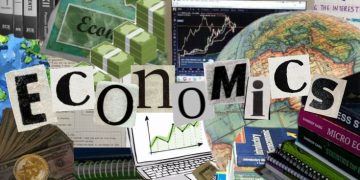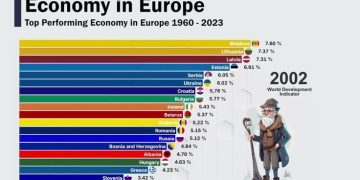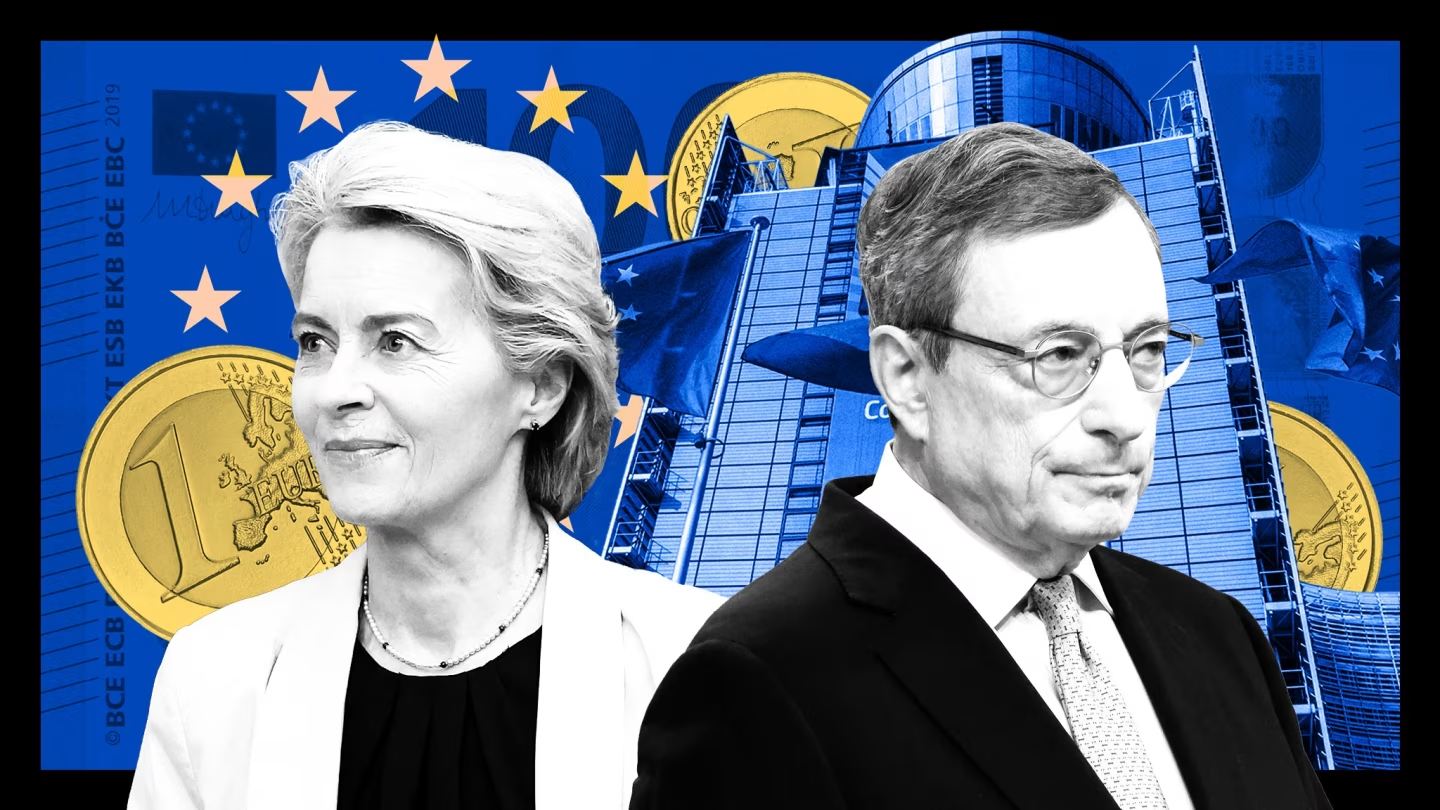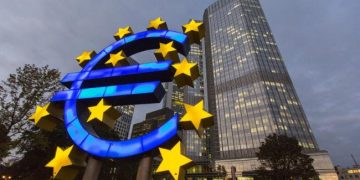Introduction: A Provocative Look at the Role Central Banks Play in Today’s Inflationary Environment and Whether Their Policies Are Exacerbating the Issue
In today’s economic landscape, the debate over central banks and their role in inflation is more relevant than ever. Inflation has surged in many countries following the COVID-19 pandemic, with central banks around the world employing aggressive monetary policies to stabilize the economy. However, as prices rise and supply chains remain disrupted, questions are emerging about whether central banks’ actions—such as low interest rates, quantitative easing, and the expansion of the money supply—are helping or exacerbating the problem.
For decades, central banks like the Federal Reserve, the European Central Bank (ECB), and the Bank of England have been regarded as the primary tools for maintaining economic stability, specifically by targeting inflation. However, in the current environment, these traditional policies are coming under increasing scrutiny. Some economists argue that central banks’ actions, while designed to promote economic growth, may be inadvertently fueling inflationary pressures. This article will examine the key monetary policy strategies employed by central banks, the trade-offs between inflation control and economic growth, and the potential for alternative approaches to address the rising cost of living.
Monetary Policy Analysis: How Prolonged Low-Interest Rates, Quantitative Easing, and Excessive Money Supply Have Led to Rising Inflation Globally
Central banks have had a long-standing mandate to maintain price stability, typically targeting an inflation rate of around 2%. To achieve this, they employ various tools such as interest rate manipulation, quantitative easing (QE), and money supply expansion. While these policies were designed to stimulate economic activity during times of economic stagnation, many argue that they have played a role in the current inflationary crisis.
- Low-Interest Rates: Since the global financial crisis of 2008, central banks have kept interest rates at historically low levels. The intention behind this is straightforward: by lowering borrowing costs, central banks aim to stimulate investment and consumer spending, thus boosting economic activity. However, prolonged low-interest rates create a situation where consumers and businesses take on more debt, often leading to asset bubbles and unsustainable growth. Moreover, cheap credit has made housing, stocks, and other assets more expensive, pushing up prices across the economy. The post-pandemic recovery phase, with its unique supply chain disruptions and labor shortages, only exacerbated these issues.
- Quantitative Easing (QE): In the aftermath of the 2008 crisis and during the pandemic, central banks turned to QE, a policy where they buy government bonds and other assets to inject money into the economy. This has been successful in increasing liquidity and keeping long-term borrowing costs low. However, critics argue that QE has inflated asset prices, particularly in the stock market and real estate sectors. As the money supply increased without a corresponding increase in goods and services, inflationary pressures began to mount. The result is that the wealthiest households, who are more likely to own stocks and real estate, have seen their wealth increase, while the cost of living for ordinary people has surged.
- Excessive Money Supply: Central banks’ expansion of the money supply has also been a major factor contributing to inflation. As central banks print more money to cover government deficits or stimulate the economy, the value of the currency decreases, leading to inflation. Critics argue that this practice can weaken a nation’s currency, making imports more expensive and further driving up the cost of living. Moreover, the sheer scale of global money creation since the pandemic has created a situation where there is more money chasing the same amount of goods and services, fueling price increases across the board.
The impact of these policies has been felt globally, with inflation rates hitting multi-decade highs in major economies. While central banks argue that these policies were necessary to counter the deep economic downturn caused by the pandemic, the side effects are becoming increasingly difficult to ignore. The resulting inflation is now straining consumers and businesses, leading many to question whether central banks have been part of the problem rather than the solution.

Inflation Control vs. Economic Growth: The Trade-Off Central Banks Face Between Controlling Inflation and Supporting Economic Growth, Especially in the Post-Pandemic Recovery Phase
One of the most challenging aspects of central bank policy is the delicate balance between controlling inflation and supporting economic growth. In the aftermath of the COVID-19 pandemic, many countries were facing deep recessions, and central banks were under pressure to stimulate growth. As economies reopened and demand surged, inflation began to accelerate, but central banks were initially hesitant to raise interest rates or unwind their accommodative policies, fearing that doing so would stifle the fragile recovery.
- Inflation Control: In theory, central banks aim to keep inflation low and stable by adjusting interest rates and controlling the money supply. When inflation rises above target, central banks typically raise interest rates to cool the economy. However, in a low-growth environment where businesses are still recovering, raising rates can stifle investment, reduce consumer spending, and push economies into recession. This trade-off between controlling inflation and supporting economic recovery is a key dilemma that central banks face today.
- Economic Growth: Central banks are also tasked with fostering conditions that support economic growth, such as lowering borrowing costs to encourage investment and consumption. However, in today’s environment, low interest rates and easy money have led to unsustainable levels of debt, asset bubbles, and an overheating economy. The result is that many economies are experiencing a situation where inflation is rising rapidly, even as growth remains sluggish or uneven. Central banks now find themselves in the uncomfortable position of needing to raise rates to control inflation, but doing so could jeopardize the economic recovery.
- The Post-Pandemic Recovery: The pandemic-induced recession presented a unique challenge for central banks, as they had to implement aggressive policies to counter the economic shock. However, as supply chain disruptions, labor shortages, and geopolitical tensions (such as the war in Ukraine) began to worsen, inflationary pressures mounted. The recovery has been uneven, with many workers still facing wage stagnation while food and energy prices have skyrocketed. In this post-pandemic environment, central banks are caught between the need to tighten monetary policy to curb inflation and the risk of undermining the recovery.
The question now is whether central banks can achieve a soft landing—gradually bringing inflation down without triggering a recession—or if the cost of inflation control will be too high for the global economy to bear.
Alternative Solutions: Exploring Other Ways to Combat Inflation, Such as Fiscal Policy Changes, Supply-Side Reforms, and Reducing Government Spending
While central banks have traditionally been viewed as the primary tool for controlling inflation, many economists argue that monetary policy alone may not be sufficient to tackle the current crisis. Instead, a more comprehensive approach is needed, one that includes fiscal policy changes, supply-side reforms, and a reduction in government spending.
- Fiscal Policy Changes: Governments can play a key role in managing inflation through fiscal policy. For example, targeted fiscal stimulus aimed at addressing supply-side bottlenecks (e.g., infrastructure investment, technology upgrades, and workforce training) could help increase productivity and ease inflationary pressures. Moreover, tax reforms aimed at incentivizing savings and investment could encourage long-term growth without overheating the economy. Additionally, governments could consider reducing deficits by cutting wasteful spending, which could reduce the need for central banks to print money.
- Supply-Side Reforms: Inflation often stems from supply-side constraints, such as disruptions in supply chains, labor shortages, or inefficiencies in key sectors like agriculture and energy. Addressing these structural issues through investment in technology, improved labor market policies, and incentives for innovation could help reduce production costs, thus easing inflation. Energy independence, for example, could reduce the cost of energy, which is a significant driver of inflation in many economies.
- Reducing Government Spending: Excessive government spending, often financed by borrowing or money creation, is a major contributor to inflation. Governments could reduce inflationary pressures by cutting back on non-essential expenditures and focusing on areas that directly contribute to long-term economic growth. This would reduce the need for central banks to inject money into the economy, which is a primary driver of inflation.
Conclusion: Arguing That Central Banks’ Current Methods May Not Be Effective in the Long Term, and Suggesting a More Comprehensive, Multi-Pronged Approach to Tackling Inflation
The role of central banks in combating inflation is increasingly being questioned, as their traditional methods—such as low-interest rates, quantitative easing, and money supply expansion—have contributed to rising inflation in many economies. While central banks continue to prioritize economic growth, their policies may not be sustainable in the long term, particularly if inflation continues to rise and asset bubbles continue to form.
Instead of relying solely on monetary policy, a more balanced and comprehensive approach is needed. This should include fiscal reforms, supply-side investments, and reducing government spending. By addressing the structural issues that contribute to inflation and adopting a more sustainable fiscal model, governments and central banks can better navigate the complexities of today’s inflationary environment.
Ultimately, the current economic crisis is a reflection of systemic imbalances that cannot be solved by central banks alone. A multi-pronged approach, including both monetary and fiscal policies, will be necessary to bring inflation under control and restore economic stability in the years to come.


